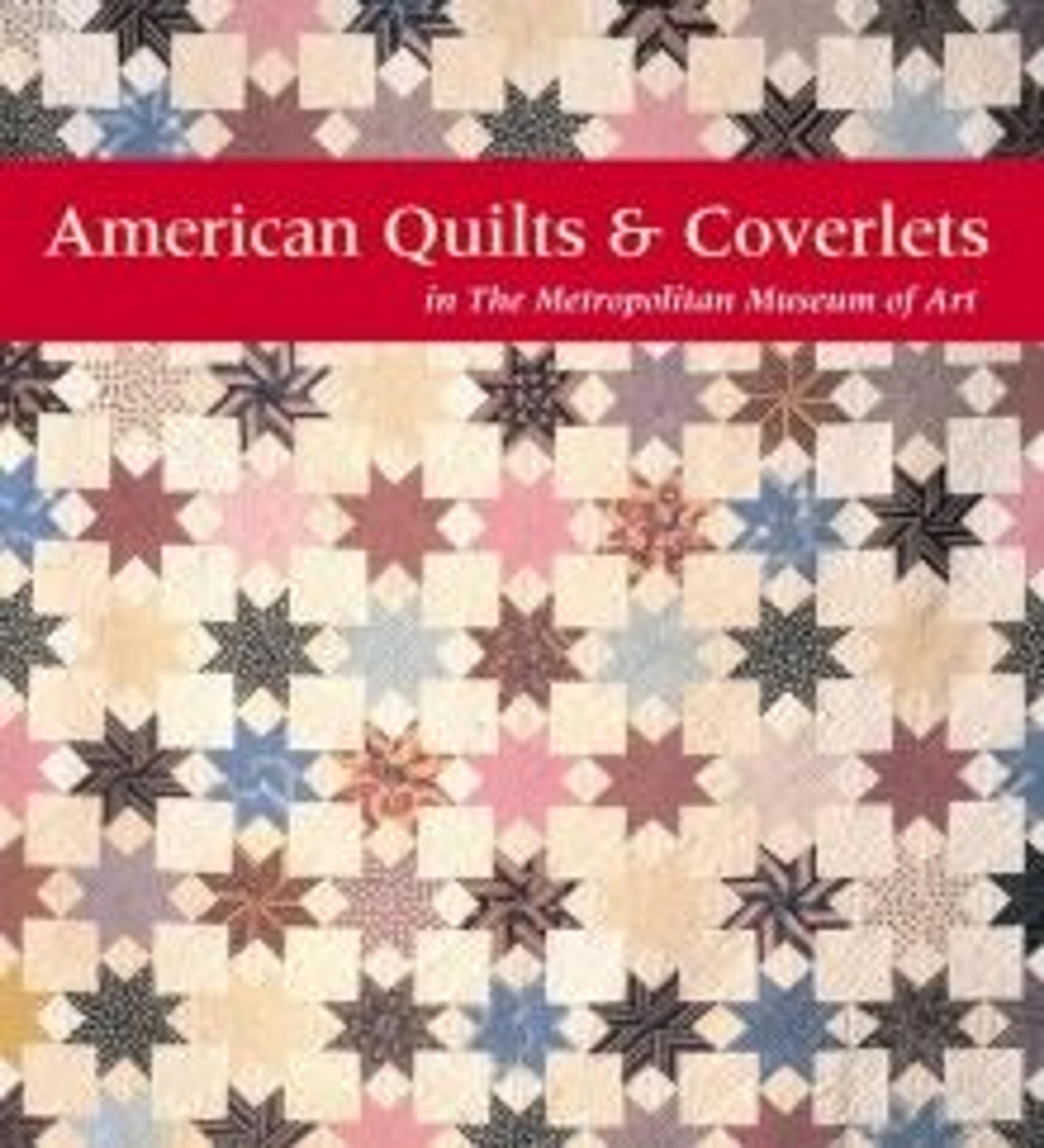Quilt, Center Square and Bars pattern
The inscription on this quilt, embroidered in red wool chain stitch, makes it one of the few Amish examples that can be securely dated to the nineteenth century. As seen here, the earliest Amish quilts were composed simply, with a strong central focus—a type of design thought to be based on central-medallion quilts popular in the "English" community during the early nineteenth century. This quilt was made in Lancaster County, where a limited number of pieced patterns are considered acceptable. It is an unusual rendition of the more common center-square pattern. The dark orange fabric on the top border, which does not match the other three sides of dark red, and the inner border on only on two sides give the quilt a less-well-planned, symmetrical appearance than later Amish examples. The influence of the area’s Germanic heritage can be seen in the traditional Pennsylvania German tulip motifs at the ends of the wide side borders.
Artwork Details
- Title:Quilt, Center Square and Bars pattern
- Maker:Amish maker
- Date:1892
- Geography:Made in Lancaster County, Pennsylvania, United States
- Culture:American
- Medium:Wool
- Dimensions:84 3/4 x 78 1/8 in. (215.3 x 198.4 cm)
- Credit Line:Gift of Mr. and Mrs. Stanley Tananbaum, 1973
- Object Number:1973.124
- Curatorial Department: The American Wing
More Artwork
Research Resources
The Met provides unparalleled resources for research and welcomes an international community of students and scholars. The Met's Open Access API is where creators and researchers can connect to the The Met collection. Open Access data and public domain images are available for unrestricted commercial and noncommercial use without permission or fee.
To request images under copyright and other restrictions, please use this Image Request form.
Feedback
We continue to research and examine historical and cultural context for objects in The Met collection. If you have comments or questions about this object record, please contact us using the form below. The Museum looks forward to receiving your comments.
